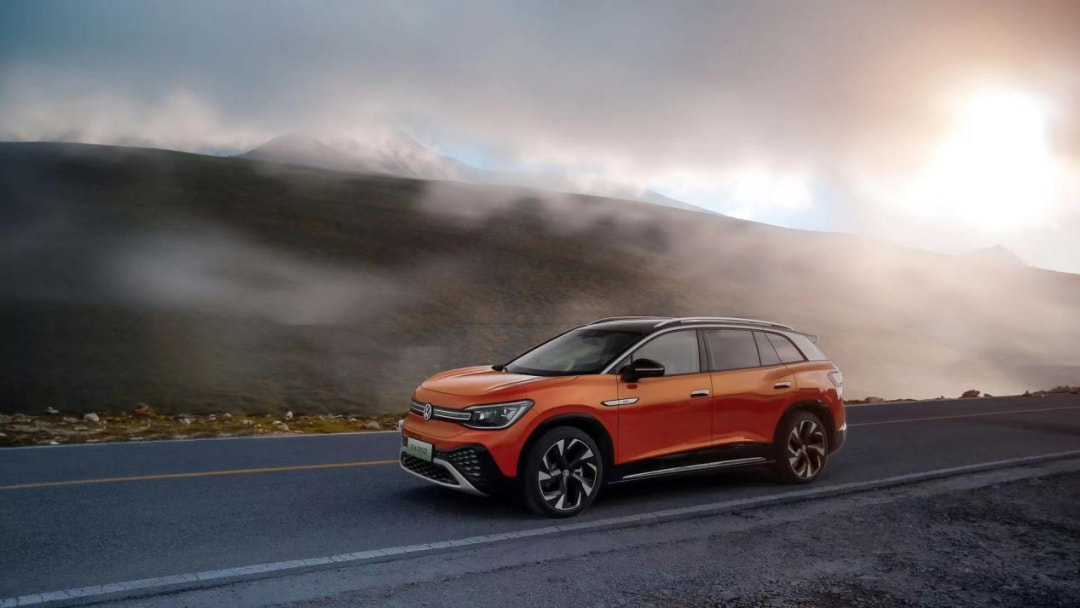*This article is reproduced from autocarweekly WeChat official account
Author: Du Debiao
Volkswagen and Tesla had their first intimate encounter through a third-party offline evaluation. The tested models were FAW-Volkswagen ID.6 CROZZ and Tesla Model Y, which were subjected to a positive offset collision at a speed of 64 km/h and a 50% bias.
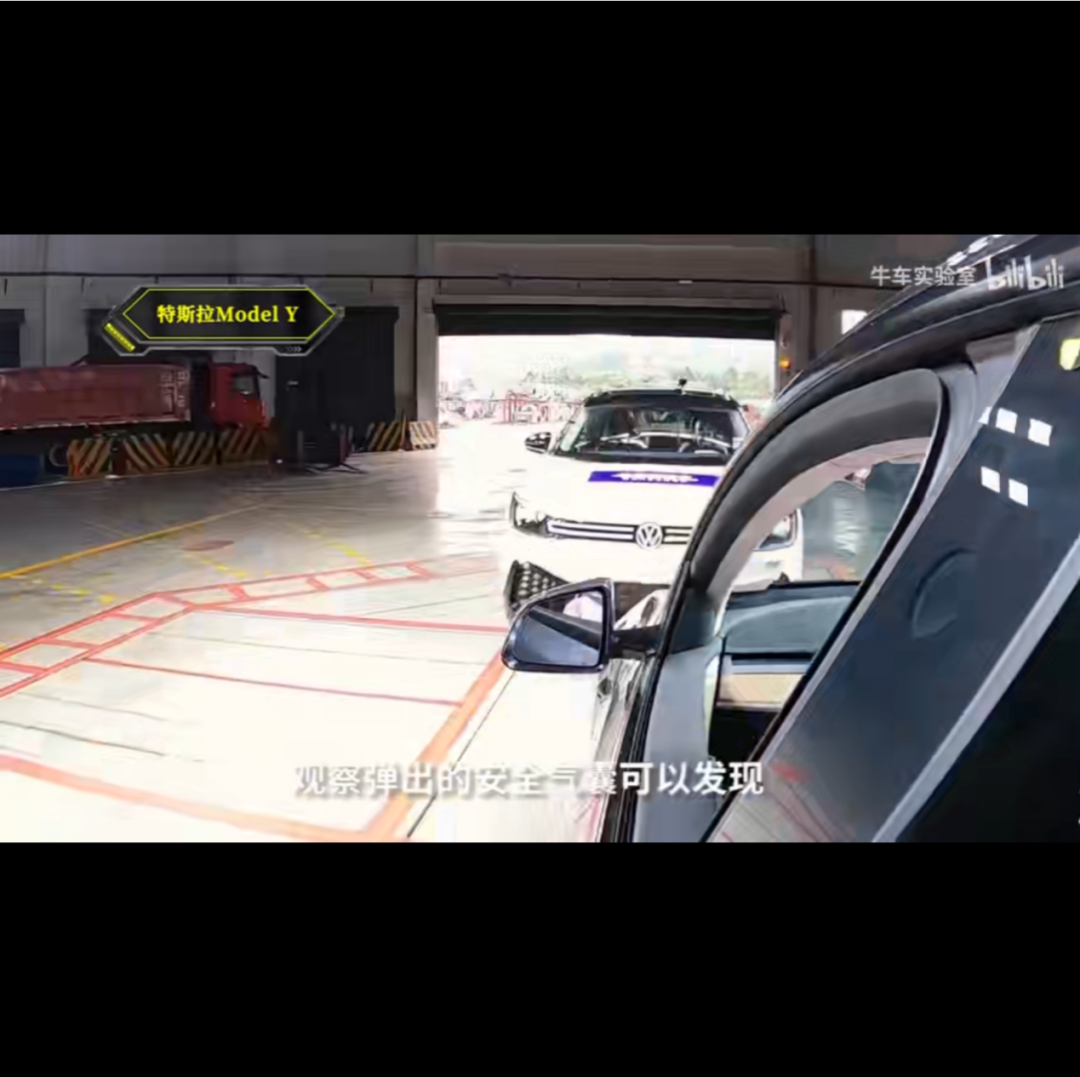
Naturally, the result of the dialogue between the two giants received much attention. At the same time, the topics discussed during the evaluation of the collision test suddenly changed. Smart and autonomous driving temporarily gave way to “are the A-pillars intact”, “assessment of vehicle structure damage”, “can the driver’s door be opened normally”, and “is the dummy in the car safe”. These long-lost words and phrases.
This collision test temporarily pulled us back from the intelligent and automated beautiful future woven by the new forces, reminding us: until autonomous driving is foolproof, the ultimate defense of your vehicle is still automotive safety.
However, given their different backgrounds, this also reflects the two factions of safety concepts in the field of new energy vehicles. One faction emphasizes intelligence, while the other advocates an all-around approach with a certain retro flavor.
Let’s first take a look at the collision result, just like waiting for the release of the IIHS and C-NCAP collision results in the past.
Do you still have to rely on traditional brands for a showdown?
Before interpreting the specific collision, a comparison of a detail has already been launched.
When a serious collision occurs, the first reaction of the vehicle system is the “emergency rescue system”. The system will send signals to the remote service center, and the staff will call the owner to ask about their situation. When there is no answer, the decision will be made based on the location of the vehicle.
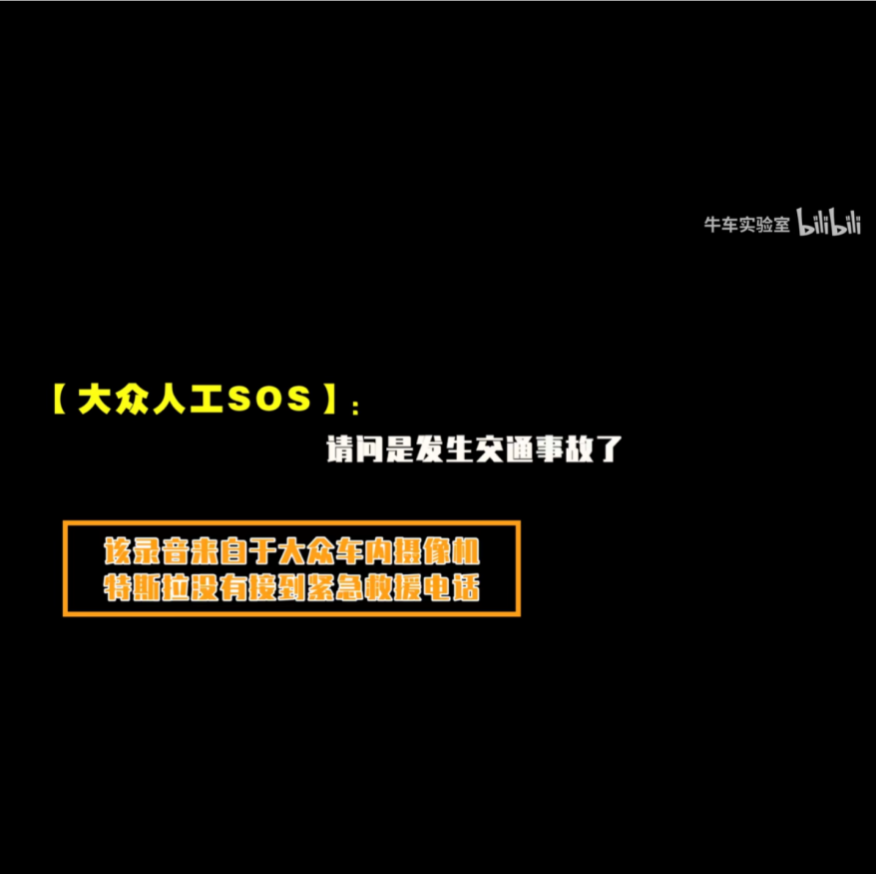
The on-site test showed that the FAW-Volkswagen ID.6 CROZZ first called the car interior through the in-vehicle communication system, and then called the registered owner’s mobile phone number after no response.
Tesla Model Y did not have this process, indicating that FAW-Volkswagen won the first round in the “remote service” aspect with an intelligent touch.
It is not known what the specific tested models of both sides were, but in this type of showdown where the number of airbags is the same, configurations alone cannot identify the higher or lower safety performance of both sides. For example, the starting price of ID.6 CROZZ is CNY 239,800, and that of Model Y is CNY 340,000. The number of airbags is both 6, and configurations such as ESP and active braking are also indistinguishable. Therefore, the competition still boils down to the unseen factors.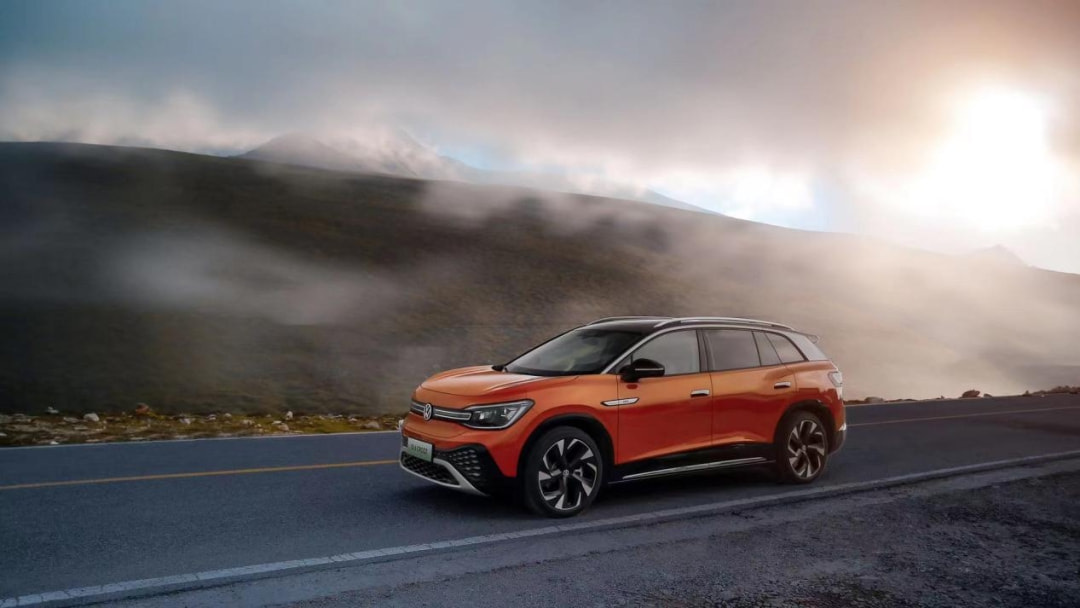
The major analysis of the collision results focuses on the side of the driver’s seat, where the impact occurred in a 50% frontal collision.
The outstanding performance of the ID.6 CROZZ lies in the planned collapsing and breaking of the longitudinal beam of the front crash structure. It is one of the cardinal rules to prevent firewall intruding into the cabin (which may cause the movement of interior parts towards the passengers in the front row, leading to squeezing or bumping injuries, and even fatalities), so the longitudinal beam must be able to break quickly to avoid pressure inside the car. The disassembly demonstrates that the longitudinal beam of the ID.6 CROZZ has an induced groove that can break as necessary, without hindering the performance. Besides, although there are some deformations in the firewall zone, there is no intrusion into the cabin.
In contrast, Model Y’s front longitudinal beam collapses and the rear crumples without a plan, mainly a random occurrence, while the firewall panel undergoes serious twisting deformation, increasing the intensity and probability of intrusion into the cabin.
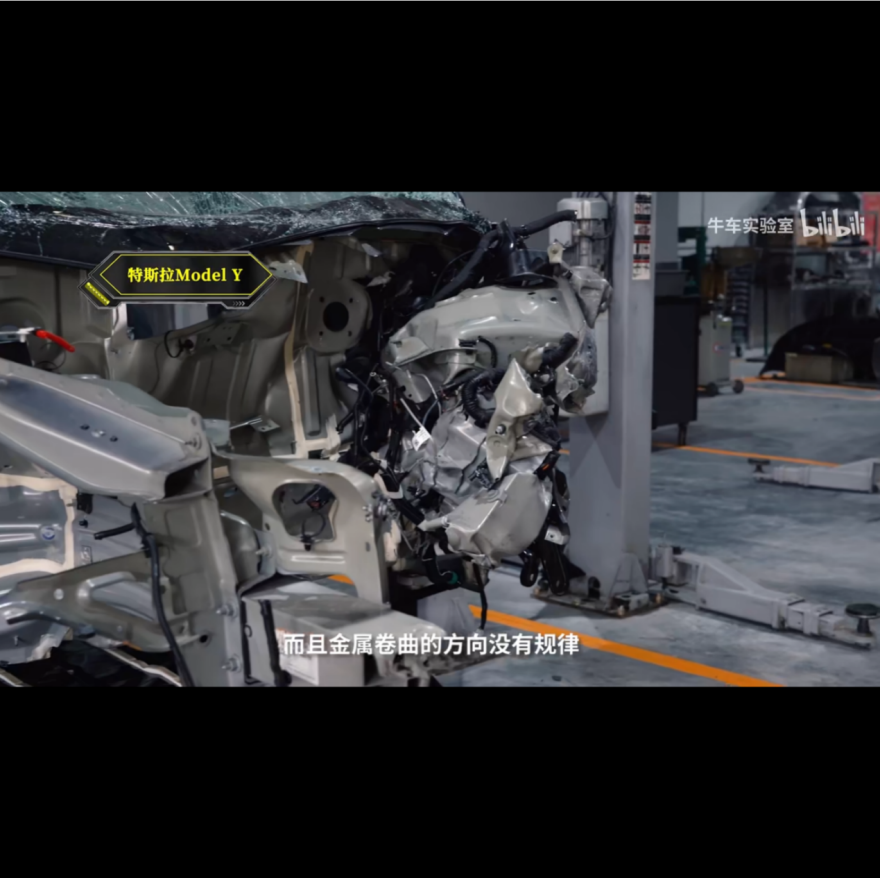
This contrast in “whether or not the impact force can be absorbed and directed according to the plan” is subsequently reflected in the degree of deformation of the body structure, which affects a larger area, with a bit of a butterfly effect.
For example, the degree of deformation of the A-pillar in the ID.6 CROZZ can be ignored, at approximately 16 millimeters. In contrast, the degree of deformation in Model Y reaches 49.3 millimeters, and this change directly affects the driver’s escape probability after the impact, as it determines whether the door can be opened normally. The result is that all four doors of the ID.6 CROZZ can be opened normally, while the main driver’s side of Model Y is locked, and drivers can only exit from the passenger side.

Similar structural deformations also occur in vehicle thresholds, floors, and tail sections, which may have varying degrees of impact on personal safety, such as whether the chassis deformation affects battery safety (although neither car’s battery caught fire); however, in terms of future depreciation and repair costs, the Model Y pays a relatively higher price.
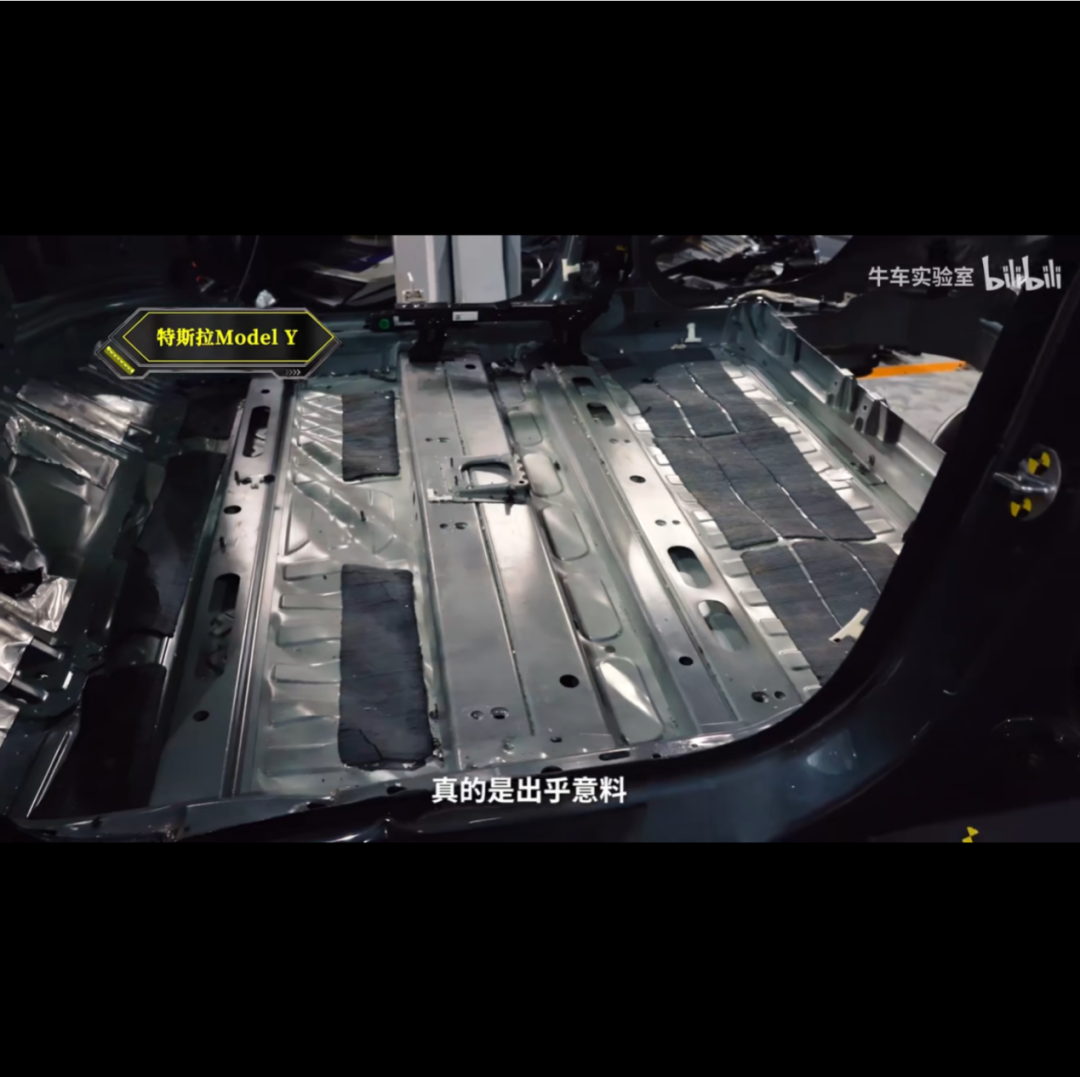 Translate the following Markdown Chinese text into English Markdown text, in a professional way, preserving HTML tags inside Markdown, and only output the result.
Translate the following Markdown Chinese text into English Markdown text, in a professional way, preserving HTML tags inside Markdown, and only output the result.
Note that the consequence of the deformation of the floor is affecting the shape of the battery pack, as the battery is installed on the chassis, and the results can be speculated by everyone.
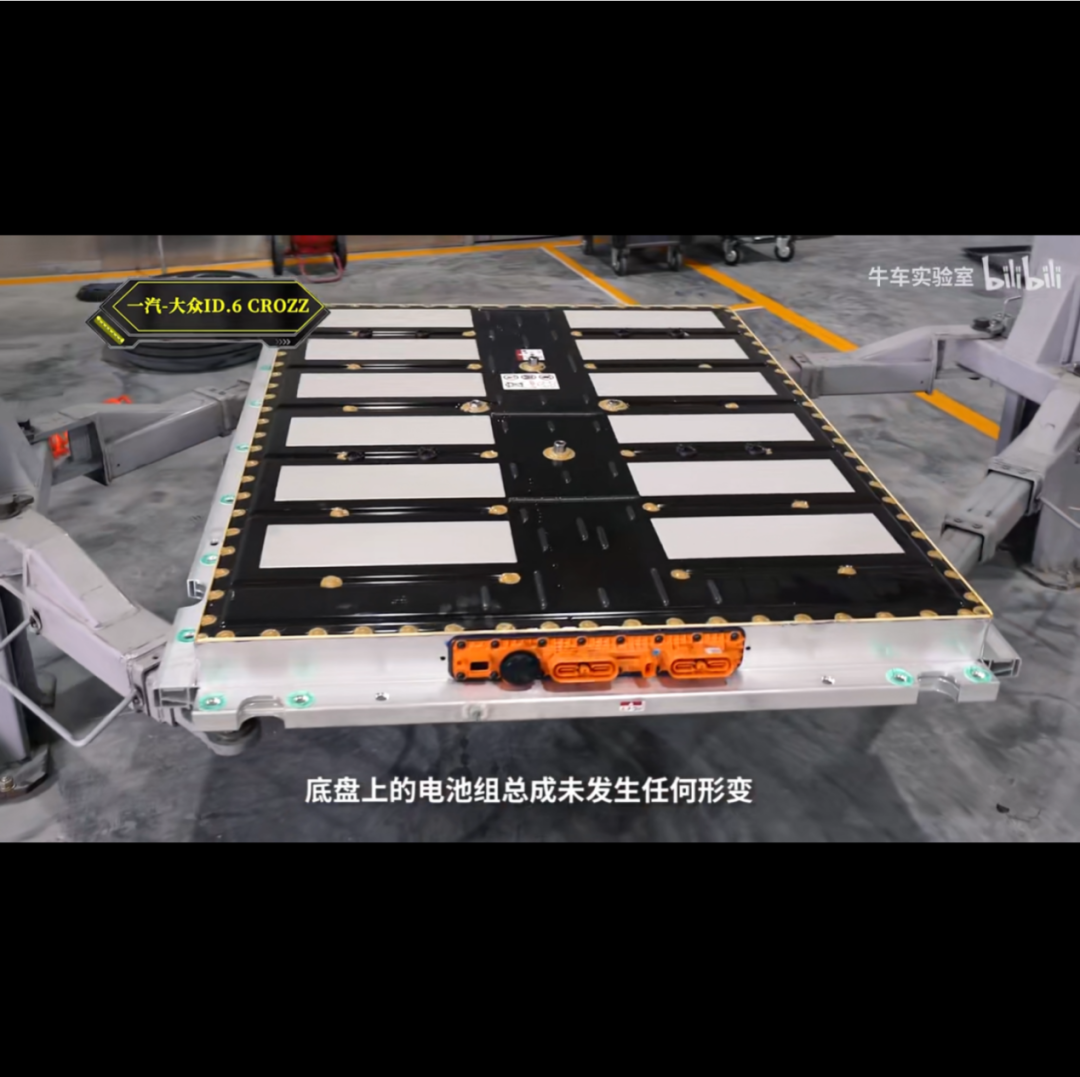
On the other hand, FAW-Volkswagen is known for its safety coefficient in the market, and the extent of deformation including the floor in the white body can hardly be seen with the naked eye, except for the slight deformation at the bottom edge of the front door sill.
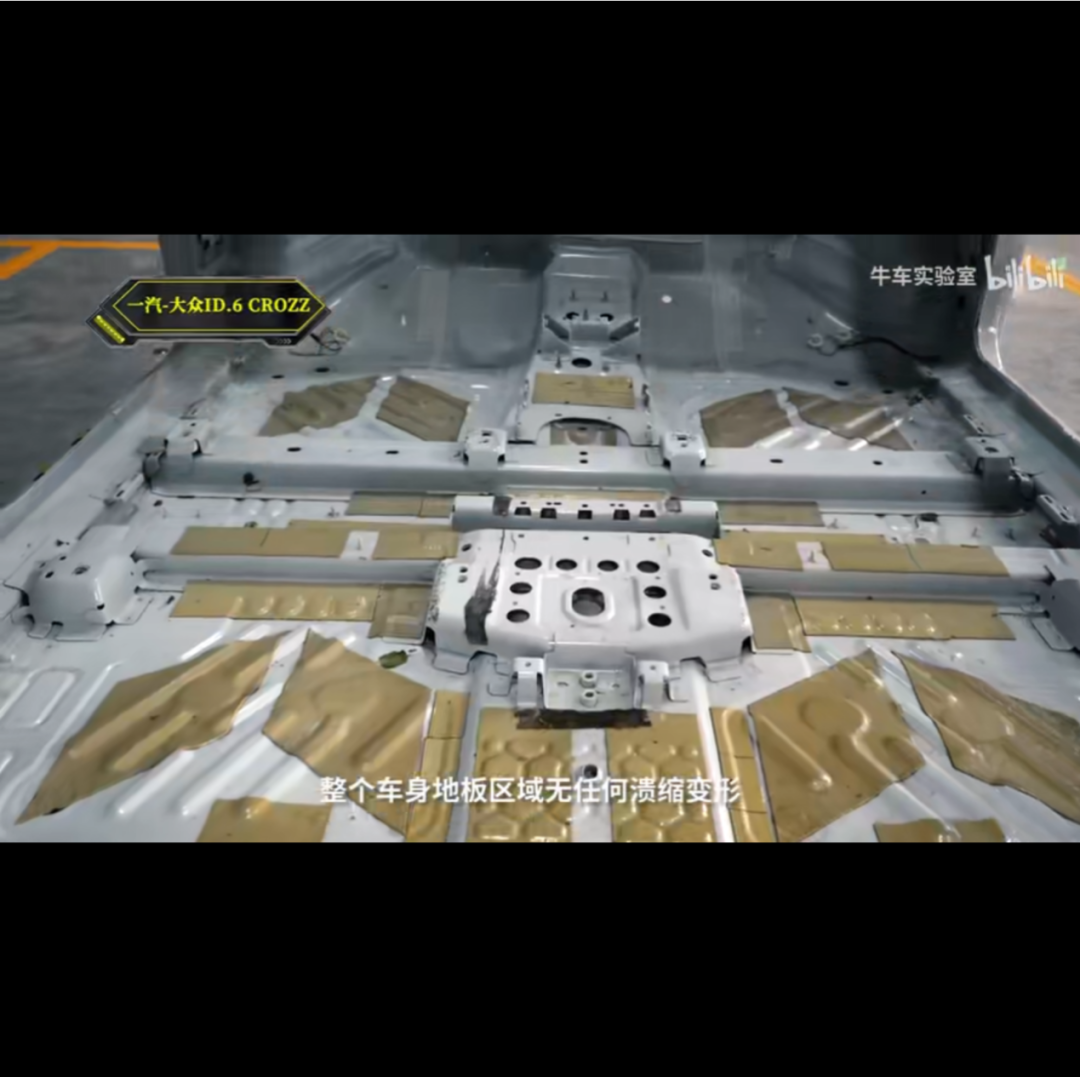
The injury assessment of the two main dummy drivers confirms the difference mentioned above. The dummy of the ID.6 CROZZ contacts with the airbag without any bleeding, while the Model Y dummy shows the simulated effect of abrasion.
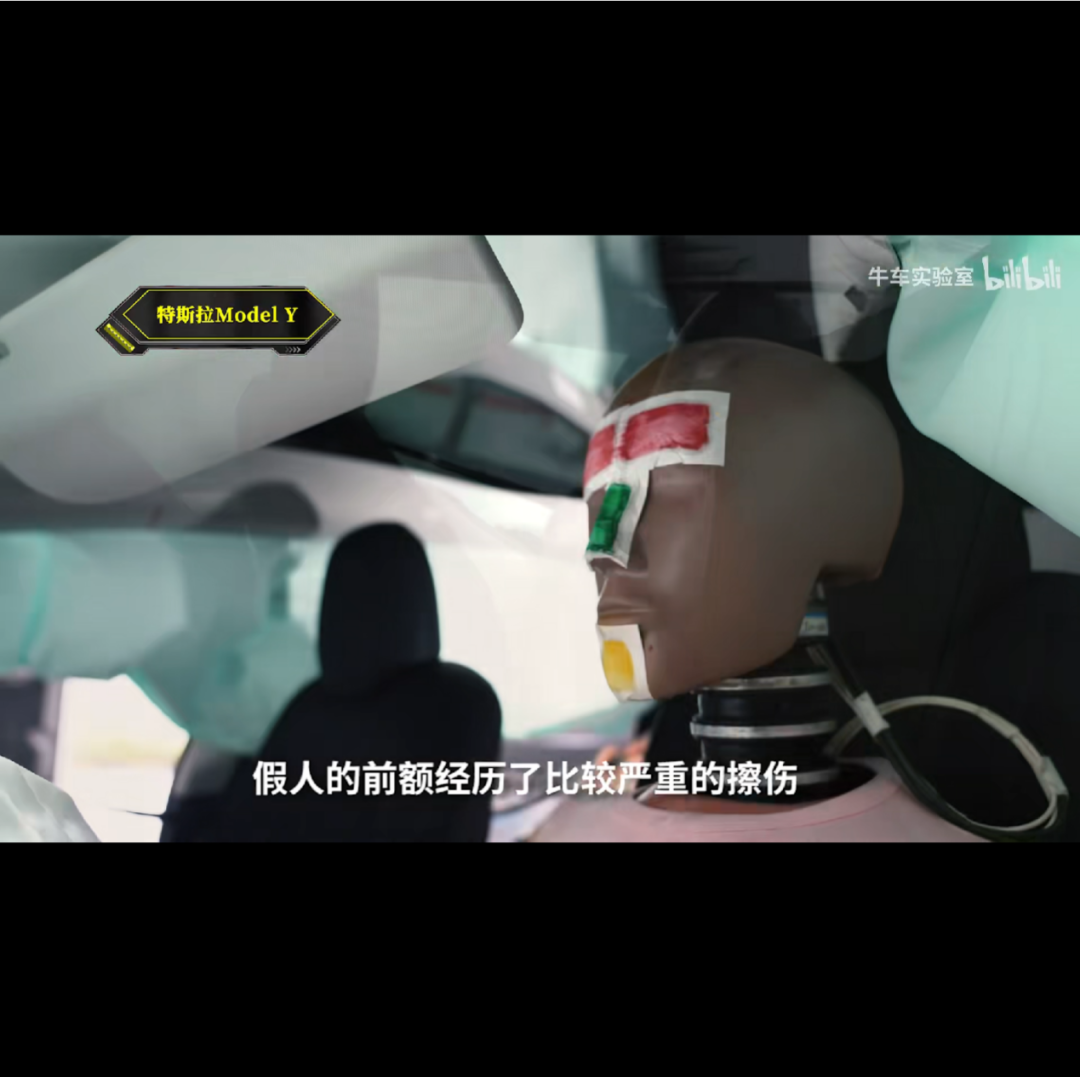
The Longboard Philosophy VS the Bucket Philosophy
This collision test reflects the bottom-level logics of the two automakers in terms of safety.
Tesla is known for its intelligence, and “subversion” is the keyword. Its technological points and traditional car companies are completely different, and the race tracks are not the same. Tesla’s safety philosophy revolves around “artificial intelligence” and “chips,” and rarely incorporates ideas and technologies with the attributes of cold weapons.
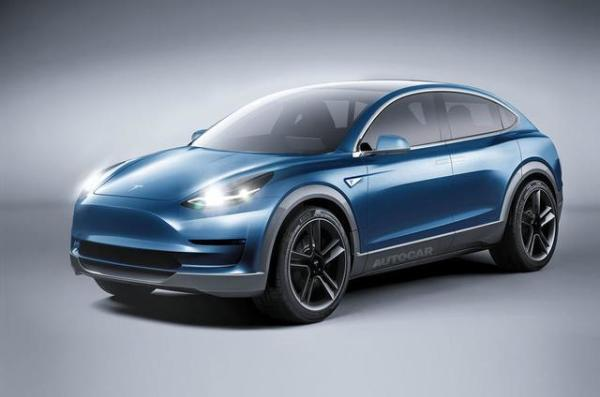
FAW-Volkswagen has brought the fuel vehicle concept into the pure electric field. For example, FAW-Volkswagen still adheres to the KANBAN system, which is actually a production system that matches the goal of continuous development of the enterprise. The “improvement” reflected here is to approach the goal of “perfection” by avoiding shortcomings in terms of rhythm, flow, and driving. The core of this system is to reject shortboards, such as defects and repairs in principle, because this touches on the principle of “waste.”
Based on this starting point, this system will avoid significant safety loopholes, such as using ultra-high-strength steel with a strength of 2,000 megapascals in critical parts.
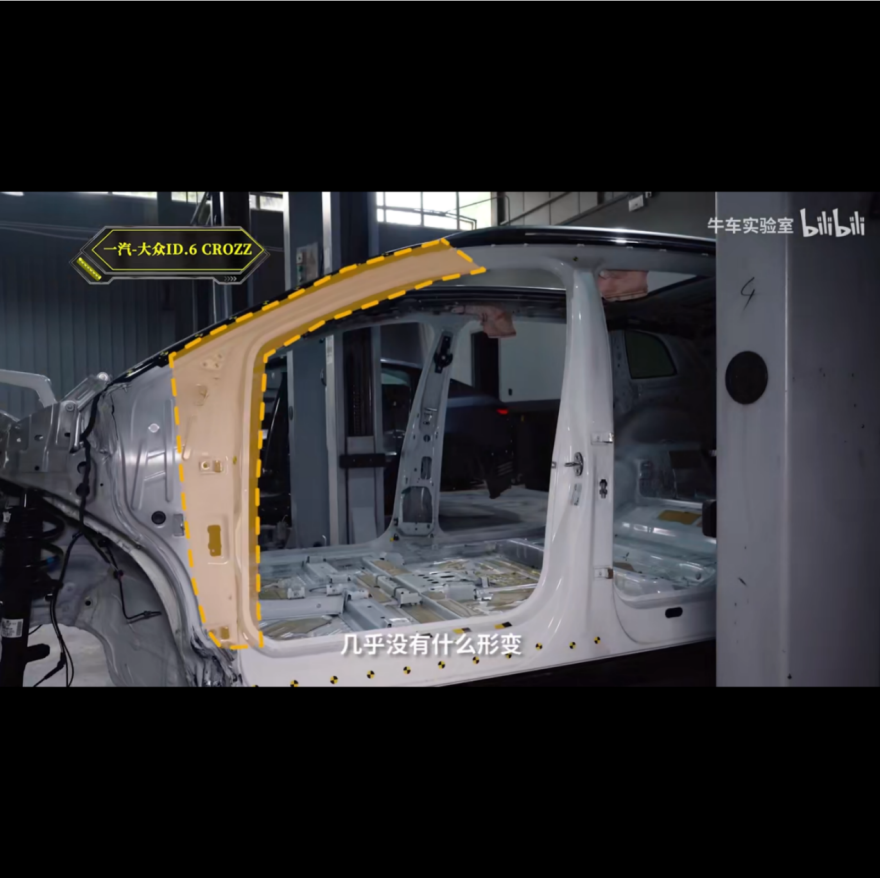
The relevant test results have supported the above efforts, such as ID.6 CROZZ receiving a five-star rating in Euro-NCAP testing and a top safety rating in IIHS crash testing.The significance of this collision is not only to determine the superiority between ID.6 CROZZ and Model Y, but also to reaffirm the importance of the discourse system in the Cold Weapon Era when discussing safety. The “ultimate safety line” represented by passive safety is still indispensable, and collision resistance is still one of the core components of safety in the intelligent era where nothing is foolproof.
Meanwhile, old brands represented by FAW-Volkswagen (which took the lead in developing the modular MEB pure electric platform and can be regarded as the representative brand of electric vehicle enterprises in traditional car companies) have not ignored the intelligent safety favored by new forces. This is still an expression of the “comprehensive” goal advocated by the “Kangqi” system, such as equipping ID.6 CROZZ with rich intelligent safety configurations and implementing 197 battery tests and 436 cell-level testing contents.
Safety is not neglected, and this collision also shows that in the era of pure electricity and technology, FAW-Volkswagen’s concept of overall consideration of safety is still trustworthy and commendable.
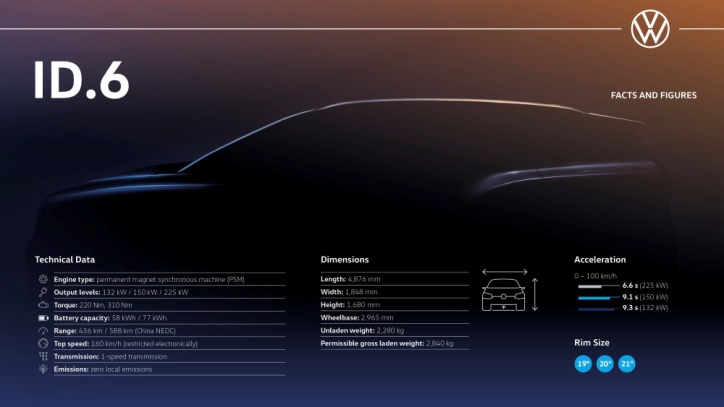
This article is a translation by ChatGPT of a Chinese report from 42HOW. If you have any questions about it, please email bd@42how.com.
